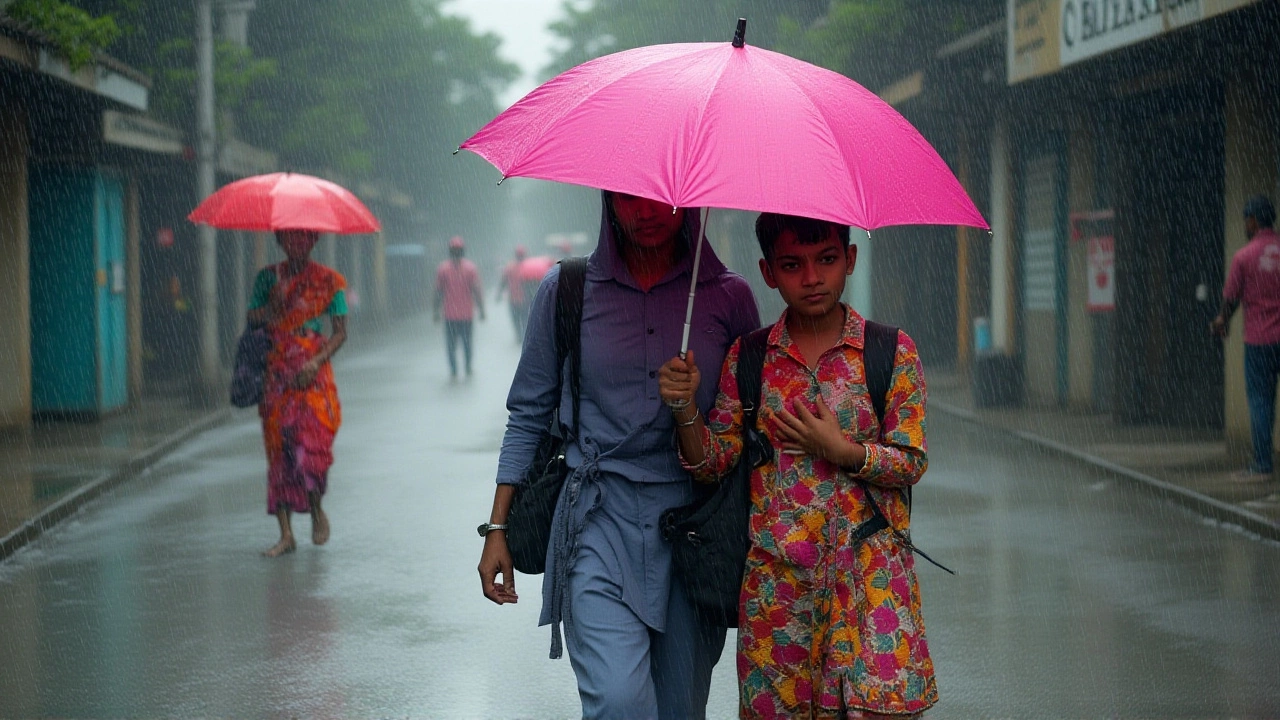Weather Alert: Real‑Time Warnings and Safety Guidance
When dealing with weather alert, an official notice issued by a weather agency to warn the public about hazardous conditions. Also known as storm warning, it helps communities prepare and stay safe. A severe weather warning, a specific type of alert for extreme events like tornadoes or flash floods is a subtype of the broader weather alert. The meteorological agency, the government or regional body that monitors atmospheric data issues these alerts based on radar, satellite, and model predictions. Severe weather warning messages often trigger real‑time notification, instant alerts sent to phones, radios, and TVs so people can act quickly. This chain – agency → alert → notification → response – creates a clear line of responsibility for public safety, the overall well‑being of communities during hazardous weather.
Why Understanding Weather Alerts Matters
Knowing how a weather alert works lets you evaluate risk and decide when to shelter, evacuate, or stay put. For example, a flash‑flood watch means rain is likely, while a flash‑flood warning means water is already moving fast enough to threaten life. Each level adds urgency, and the real‑time notification ensures you hear it before it’s too late. The relationship between severity, timing, and delivery is why many experts say preparedness starts with paying attention to the first alert.
In the posts that follow you’ll see real‑world examples of how alerts have shaped events, from sports venues halting matches to courts adjusting schedules during extreme heat. You’ll also find practical tips on setting up alerts on your phone, interpreting warning symbols, and making quick decisions for family safety. With this background, navigating the list of articles below will be easier and more useful.
IMD Warns of Heavy Rainfall and Storms Across North India Until Oct 7
The IMD warns of extreme rainfall, thunderstorms and gusty winds across north India until Oct 7, with Delhi under a yellow alert and temperatures set to drop later this week.
